0 Comments
Frustrated that people don't follow your lead? Find out where your leadership style is fragile30/4/2024
Are you looking for ways to boost your productivity and control your costs? The Hive17 Human Operating System is designed to enable teams to give their best and one of the key elements is innovation.
At Hive17 we often observe that medium-sized organisations have limited resources and may be stuck in traditional ways of thinking. Hive17 can help you to overcome these barriers and build a culture for effective continuous improvement within your organisation. Here is how this might work. Let's say that you are looking to improve your efficiency in your operations. We would start with the right mindset and approach to identify creative ideas. This requires a deep understanding of the problem by involving the right people and enabling everyone to express and appreciate new ideas - as many as possible. After that, we would test these ideas using a scientific approach to stimulate trial & learning. We will help you to set up a clear hypothesis, collecting the right data, and analysing the results carefully with an open and curious mind. As a result, you can expect to see within a few months a 15% cost reduction and productivity gain. The new culture will also enable you drive quality and create a future-proof business that is able to thrive in any market. This might be one of my rare posts about AI. Yesterday, I was invited by our partner GloCoach to an event to talk about "AI and Organisational Success". Here were some of the proposed questions: Will AI replace our workforce? Or rather, when will AI replace our workforce? And the questions then continued: how will AI replace people? With whom will they be collaborating?
The discussion elaborated that, as any other tech tool, AI will support us humans. The algorithms will fulfil tasks which we are struggling with, for example big data analysis. The automation will allow us to offload mundane and repetitive tasks and to focus on the more value-creating tasks. We humans will (should) always be in control and make the decisions. Automation - as it has been shown in the past with the agricultural, industrial revolutions and photography - will allow us to scale and to provide solutions to 10'000 times more people than we were able before automation. As was discussed during the event, this means that high-level coaching solutions can be provided to a much much wider audience, while the current coachees might still prefer (and able to afford) to be coached by a human (augmented by AI). Here is another idea that came up during the conversations I want to share here. How can we improve business processes with AI? Here we are often in a dilemma... On the one hand, we want to have consistent processes because this will allow efficiency. On the other hand, we are faced with exceptions that don't follow the norm and we need to 'bend' these rules. I am a proponent to switch from 'rules' to 'principles', because principles allow you to understand the underlying reason why we do things and provide us with flexibility which enables us to focus on effectiveness. AI can help here to combine on the one hand the underlying rules of a process with on the other hand specific data about the individual person or item that goes through that process. As a result, we are able to scale individualised iterations of the business process that are more accurate and are at the same time efficient and effective. Examples are individual leave application procedures, 3-D printed items, last-mile package delivery, etc. Where do you see the future of artificial intelligence in your life? The purpose of any organisation is to successfully deliver value to their customers. The range of customers might be wide and the definition of value and success might greatly vary. Though, in essence that is it. And rightfully, companies are focusing their efforts on selling, producing and delivering their products and solutions.
Recently, there have been new questions and barriers appearing in leadership circles. "I need all my employees to focus in one direction."; "It feels like that internal silos are preventing us from delivering to our clients."; "We need values and a culture that is exciting to work in." All these statements point to a need for increased focus on the delivery of that customer value. We need an effective foundation for our way of working. That is basically the infrastructure to run our operations; or the Human Operating System. The goal of the human operating system is to create an environment that enables teams to give their best. It is about alignment, transparency, change management, motivation, psychological safety and fun. Imagine a flotilla of small boats that independently sail towards a common direction. How these are operated and are connected describes this operating system. Here are some of the key components for this human operating system:
Let's arrange a meeting to find out how Hive17 Consulting can further improve your way of working! There are many reasons why companies are embarking on their sustainability journey. Some of you might know that I advocate focusing on the business opportunity of climate change actions - instead of the compliance perspective. Let's look at one part of that story: Attracting & Retaining Talents. Recently I have encountered a set of companies that are primarily motivated to engage in Sustainability because they are able to cultivate a company culture that is motivating the employees to work at their best. They find meaning and fulfilment in working in an environment that goes beyond financial targets and cares about the ecosystem we are embedded in: our planet, our community, our peers, our families. This in itself is convincing many leaders to put a strong focus on employee engagement - and on becoming an impact-focused company - because they know that this will lead to a strong positive impact on the company's performance. Though, not everyone has that conviction - allow me to give a more quantitative perspective. For this, I will base my calculations on a group of 100 people with an average salary of 5'000 USD. "Two-thirds of people are more likely to work for a company which demonstrates strong and meaningful environmental policies", Wired UK | 02 2023 Retention When people feel, their current company does not provide them the right environment anymore, they will leave and the company needs to hire a replacement. This has in fact a huge cost starting from cash-outs like recruitment, to productivity & training related losses, and to negative impacts due to knowledge and cultural losses. Different studies share different numbers though a number I like to work with is that the total cost of re-hiring amounts to about 86% of an annual salary. Let's assume an attrition rate of 10% and due to our Sustainability journey we can convince half of them to stay. This will amount to a rough benefit of 250'000 USD per year. Get the best out of People I have mentioned above that a meaningful work environment will spark motivation and as an end result lead to higher productivity. How does that translate into numbers? Let's assume that we can motivate about a third of our workforce; and these people will be able to spend 25 minutes a day more focused and productive - I think a very conservative improvement. This will amount to a rough benefit of 99'000 USD per year. Adding these two numbers together means that starting a meaningful sustainability journey can create a benefit of 350'000 USD per year for a group of 100 people; this is about 2% of the salary costs. I agree that most of these benefits will not directly appear in your profit & loss sheet - still this might convince you to start focusing on attracting and retaining your talents in your organisation. This was only one of the three buckets how we can turn sustainability into a business opportunity. Next time we will look at operational efficiency and market opportunities. Sources:
I hear that with many of my clients: I feel like they are only ticking the box and they are waiting to be told what to do. It feels like we have a blame culture which is slowing things down. How can we change them and stop this complacency? How can I enable my people to be more proactive? And why bother, I can simply do the job myself and delegate the important stuff to 'my guy'. The answer is productivity - productivity based on more action & results, and based on a more energetic & focused culture. Once we bring the people out of their inertia, then they will also be able to grow personally, master new skills and feel more confident and excited. Which impacts the productivity of the entire team and the people around them. What does it take to enable this change? Ownership! We want to create an environment which allows the people to identify themselves with the overall objective and feel engaged to reach that with their best effort. They own their part of the business. From my experience, here are the key ingredients to develop ownership:
The underlying topic is: becoming a High-performing Team! This is when a team can deliver excellence effortlessly. Everything falls in place and as a team we flow towards success. Image credit: ©Eloi Stichelbaut - polaRYSE / Holcim-PRB For a few months I observed a certain notion; a change that is forming and starting to emerge. And last week, a friend of mine shared a story that greatly describes my notion. Here is the story.
My friend is regularly working in two different sites which are not far from each other and yet are very distinct. One day he met a colleague at the northern site, which has recently moved jobs from the southern site to here. My friend asked her, how is she experiencing her new job? She replied that she has only been here for 2-3 weeks and has observed one big difference: the people are much more open, the people are collaborating with a closer knit, and as a result, decisions are made much faster. When asked, what she thinks makes the difference, the answer was astonishingly simple. She expressed that she also observed that the lunch routine is different. At the southern site, most people organise their individual lunch from home or delivery, because there is no cantine that everyone can use. At the northern site, the company is providing a nice canteen and everyone is having their lunch there together. The managing director of the site is a regular visitor. As a result, the MD and everyone else is easier to approach and the people simply feel closer to each other. I love this story! A great example of how culture is defined and influenced. Hofstede has defined four elements: values, stories, routines and artefacts. And here we clearly have the latter two present: routines as in going to have lunch with your colleagues on a regular basis; and artefacts in form of the canteen itself, a place to gather as a community. I can feel that we are starting a period where people are longing for a community feel. Why is that? In my observation, over the last 2-3 decades many companies and manager have created the routine to talk about individual performance, paying out individual bonuses, developing talents in their individual careers, defining individual role descriptions, etc. All this has fostered a strong individual thinking. We went away from achieving results in teams, focusing on the success of the company, and caring for all people in our different communities. The recent pandemic then created a stronger awareness of this situation - hey, it is actually not so fun to do everything by ourselves; it makes us insecure. Let's come together again! In a community, we feel more protected, we have more fun, we can leverage more skills and experiences - we can be strong. How can we bring this community feel back into our organisations? Here some ideas:
How do you think we can bring the community feel back? Yes, I am a positive person. I smile a lot and people around me tend to like the energy I am spreading. I hear that a lot and I am very glad about this. And for sure, this is a personality trait of mine. Though, I am also convinced that positivity is the right approach to facilitate change. Neuroscientific studies share that when we bring people into a positive emotional state, they will be more creative, malleable, become better at solving problems and are simply more energetic.
During our leadership development programs at Hive17 Consulting, we are putting a strong focus on positivity as well - part of our change management practice. As positive leaders we can create a safe work environment that drives creativity, motivation and hence productivity. This will result in better solutions for the customers, improved operational excellence and stronger retention of your talents. How can you practice the right leadership qualities so that positivity becomes your second nature? Here are some hands-on tips to build new routines. As a start, know your direction and write down a meaningful vision that you want to achieve. Then it is important to meet and interact with a variety of people. Practice the appreciation of different opinions and ideas; stop judging them and be open for new discoveries. Lastly, stay fit with sports, good food and mindfulness. How antifragile are you? Assess all your leadership qualities based Hive17's Leadership Wheel. Check out the link below. Painting credit: Annika Wieringa, March 2022 One observation I made over the past years is that there seems to be a growing gravitation towards focus on individual work. This not only establishes silo mentality and makes collaborating across departments, geographies and hierarchical levels more difficult. This also stimulates individualism within teams; a blame culture is nurtured and the spirit of working together fades away. Elements that are nudging in this direction are the way we set objectives and rewards, the mandate of individual job description, the setup of functional organisational structures, etc. They often reward individual contribution over team achievements.
At the same time, there are tons of information and concepts that praise and promote the fact that we can reach ultimate success only by collaborating with others: Google research, High Performing Teams, The 7 Habits of Highly Effective People, etc. While we can be efficient as an individual, the great achievements and the effectiveness of an organisation only stems from the collaborative advantage we develop in groups of people. Why do we have this controversy between individual and collaborative efforts? Maybe it is the lack of ability and tools that nurture, cultivate and nudge towards the right behaviour and mindset. Here are some ideas from my experience.
Does this sound like a lot of work? I admit, this is not a shortcut. Still, these efforts are a worthwhile investment that leads to lasting success and extraordinary results. Benefits are that we unleash creativity, we engage and motivate the people, we establish a psychological safe work environment, we retain people and we enable the company to grow beyond the current box. What have you recently done to stimulate cross-silo collaboration in your team? Source: re:work - The five keys to a successful Google team Read more about Magic Pill #1 - Reflect After a very long time, in-person workshops are back! Last week I had the opportunity to hold a guest lecture at SMU as part of the my alma mater's HSG Asia Term program here in Singapore. It was a highly interactive session with forty students from both universities. Great to feel the energy and engagement.
The students are engaged in consulting projects with local businesses and the session was focussed around how we can work together in teams and with the different stakeholders. We started off with a fun exercise that revealed that often we want our opponents to loose - instead of winning ourselves - that was really amazing. How can we then collaborate successfully? It takes the willingness and ability to create synergy between the different players in the group. And this requires a balance between considering the wins of the other person, and the courage to express your own win. Based on these principles, the teams then started to define their own principles which captures how the team wants to work together. The feedback we got was wonderful; here some quotes:
How do you establish relationships at work that spark high-performing teams? Thanks to Stefan Morkoetter and his team to make this possible! More information about the HSG Asia Term in Singapore. The New Year has started - we refueled our energy and are excited what 2022 will bring for us? Let's get into it! Here in Singapore, one immediate topic: how to get the people back to the office! Government regulations allow to raise office space occupancy to 50%; let's fill up our physical workplace again!
Are these the right questions and intentions? Owl Labs shares in their annual report 'State of Remote Work' that "1 in 3 would quit their job if they could no longer work remotely after the pandemic". This against the "39% of employers [that] are requiring employees to be in the office full-time post-pandemic". Friction is programmed. This will be a change which requires a good conversation. Yes, as leaders we know that solid change management is based on listening to our employees, giving them flexibility, providing them a inspiring vision, etc. We intellectually know how to do this right. Why then, do we feel the urgency which is overruling the correct way of facilitating the change? Where do you think this falling back to old routines is coming from? Adopting the right leadership behaviour is difficult, it takes time until it becomes second nature. Urgencies trigger a relapse to these behaviours which we know are creating dissatisfaction, irritation and frustration. We need a practice field for the leadership qualities we want to strengthen until they become our second nature. My suggestion, use the conversation around hybrid workplace for this! Take out the urgency, we have been working for almost two years in a sub-optimal environment. Let's go slowly back; any mix in hybrid working is better than what we had before (during and before the pandemic). At Hive17 Consulting we offer a simple framework for leadership qualities that support success in your transformation. And we help to adopt them until they are second nature. This will help you to reach your results faster and to create more value for the people in the ecosystem. Let's get started! Source: State of remote work 2021, Owl Labs Back when I was working in Europe, I had my tradition to be in the office over Christmas. Undistracted and focussed working time - that is what I was seeking. And I experienced in these weeks that I was able to complete a lot more work in the 5-6 hours at my desk. And here I am reading the scientific evidence of that:
“Research indicates that five hours is about the maximum that most of us can concentrate hard on something,” says Alex Pang, founder of Silicon Valley consultancy Strategy and Rest. Some companies have tried to reduce their working time down to 5 or 6 hours a day and saw productivity improvements. And the employees enjoyed the additional free time. A perfect balance. And yes, when we focus on work and remove distractions, we able to find a flow that allows us to get more done in less time. My experience is confirming this; when I am blocking 2 hours for a specific task, I am able to create a lot more results than if I am forced to split that into several 30 minutes slots. Though, it is not all sunshine with the 5-hour workday idea. The increase in productivity will not lead to additional output overall. The new productivity level will not translate into an 8-hour workday. Some managers might wish so. Companies also observed that the stress levels increased. Employees felt pressured to squeeze everything they have done in eight hours before in their new five hour period. This is not always easy and creates tension. And, in the long run companies observed that connections between the employees and relationships started to deteriorate. There is no time for a joint coffee or lunch break. That's how I felt in my empty office during the Christmas break: great to get things done; though, now I need to discuss my ideas with my peers and get inspired by them. This leads to another element that is essential for lasting success in a complex ecosystem: randomness. We need time to ponder and tinker; these watercooler conversations often spark new ideas. Idle time is one key ingredient to creativity. That is how we are solving problems. One final question: do we need to tell people how long and when they are working? I prefer to give people freedom and autonomy to choose their time for work. Instead, let's focus on the achievements which we aspire in our group:
It is great to know that our productive time is limited to five hours a day. Let's use this fact to reduce the pressure from people. Let them choose their preferred ideal working time. And let's start to focus on what really matters. How will you use these ideas in your team? Source: The perfect number of hours to work every day? Five, WIRED, June 2021 After about 12 months of working from home, we finally open up more to go back to work in the office. In fact, I observe more and more managers and companies demanding their employees to come back. They want their teams to be more accessible, easy to reach.
This reminded me of studies from the late naughts around the financial crisis that highlighted that one of the biggest cause of stress at work are distractions - a instant message popping up, the e-mail notifications, and the boss asking important questions. All the while you were trying to focus on designing a new solution for your customer (here a summary). Not much has changed since then. Distractions are preventing us from being productive and deliver high quality work. This study from ETHZ in Switzerland confirms this in a 2020 study: Workplace interruptions lead to physical stress. The people that got interrupted tested with twice as much cortisol than the other group. It is time to rethink how we are productive in our job. A few weeks back, a friend of mine, Sebastian, shared with me his future office ideas. Their new office will be very simple and serve two functions. A social space for people to connect informally, share a cup of coffee and ideas, and host small functions after work for networking. A collaborative area will be dedicated to working together on projects, host client workshops, and connect people to brainstorm and be creative. "I can't image my people to be back in the office to send e-mails or write reports", he said. This approach resonates with me a lot: different activities in our job require different environments. Sometimes we want to collaborate and meet people; sometimes, we want to focus and be free of interruptions. One is best when we physically meet in an office; the other can easily be done at home (or another quiet place). And who is best to make the decision where to work? As leaders, let's give people the choice where and when to work. How does this resonate to you? What does it take to give your employees control over where and when they work? Are they mature enough to decide when it is best to work in the office? Yesterday, I talked with a friend about the fact that we tripled the amount of meetings since we enjoyed more freedom of working at home - compared to 2019 where we already complained about too many meetings. The main point we contemplated is that now, we even need to schedule a random chat with our friends. Something went wrong.
Let's face it; most meetings are inefficient and lack purpose and results. Yes, it is great to connect with our peers; at the same time it creates a lot of stress and pressure. When is the last time you had five meetings back-to-back? I guess your answer is 'yesterday'. How can we get out of this vicious cycle? Since a while I am sharing these simple principles for effective meetings. At the core is the shift away from one-way communication meetings. Who is a culprit to conduct information briefing sessions? Yes, we fall into this trap. Here my core principles for all participant to create a good and fruitful conversation during your meetings:
The other day, I came across this article by Steven Rogelberg: What the Science Says about Meeting Agendas May Surprise You. Here what I take out of it to enhance the above principles:
And let's not forget one thing: let's enjoy these meetings, let's laugh and smile, let's focus on the connection between people. And that might also mean to schedule less meetings. Which point do you want to try out in your next meeting? Over the last decade, I could collect many examples where teams and entire organisations tried to accomplish too many things at the same time - with the result that they are advancing very slowly. I observed this in manufacturing environments, corporate functions, product development teams, etc. And I am sure, many of you agree to this. And still, there are so many important topics; how to choose?
Last year, a team approached me to support them to improve their productivity. They organised themselves in a very typical manner: each team member got a topic assigned and worked on it individually. During my observations I discovered two main obstacles. First, the team members felt that they were not in a good position to help each other. Second, the team was not able to accelerate urgent topics fast. That's why we tried a new approach. How often do you observe similar situations in your organisation? In this team, we tried to follow the principle: let's minimise the topics we are working on in parallel. We started with selecting one focus topic per cycle - a two weeks period in their case. At the beginning we had a deep dive into the topic to get everyone familiar with the topic. Then, they discussed what are the tasks to bring this topic forward and continued to work together on these activities. With this sequential approach, the team didn't have to select important topics to reduce the number of projects on their plate. There is always the next cycle, where the next important focus topic will be progressed. This gave the team the confidence to spend very little time on the other topics. During the reflection after the first cycle, the team expressed how they enjoyed to work closer together; this was a great team bonding. In addition, they were able to significantly accelerate the delivery for the focus topic. At the same time, the team struggled with a steep learning curve during the deep dive and shared that they had to find a new balance between working in a group and focus on individual tasks. We agreed that both points will become much easier over the course of the next cycles. Overall, they all agreed the benefits outweigh these drawbacks. The team highly appreciated the switch to a more parallel approach of delivery. Where do you see areas to implement this way of working? Over the years in sparring with leaders on operational excellence, the question of how to structure the organisation is coming up regularly. And as so often, the unsatisfactory answer pops up: "It depends...". Are we creating a global structure that supports the different teams? Are we focusing on a region and integrate all functions in one structure? Shall we go down the path of a matrix organisation? All options seem to have major drawbacks.
While the answer is not simple, I like to think along a few principles that guide the design of the organisation. All of us are engaged in two categories of work. One is focusing on daily operations and is directly impacting the value creation within the company. The other is more strategic thinking and reflects on the way we operate and improves and innovates the operation. So, how does that impact organisational design? Let's look at some examples. In one global manufacturing organisation, the environment, health & safety (EHS) team was looking the best way to serve the different organisational units. On the one hand, the company is divided into different business units and regions. On the other hand, the EHS team is organised in different functions like product safety, process safety, etc. Are we creating global, functional teams that are serving the regional operations, e.g. packaging, manufacturing, import facilitation, etc.? As a result, the specific, local nuances are often neglected and the functions within the region are not well aligned. Shall we design the organisation along the regions? Then, a result is that within a function, the global alignment receives less attention. In a service organisation, a technical delivery department was looking how to organise themselves more effectively. The company is organised according to business units (customer segments) and regions. Plus the delivery team has different subject matters like data warehouse, software platforms, user journeys, etc. Currently, the company is organised according to the subject matters. And, as a result the collaboration between these units is very poor and the speed of delivery is limited. Shall we change the organisation to a business unit and regional structure? How can we ensure alignment within the subject matter units? Let's go back to the principles above of daily operations and strategic thinking. All of us are engaged in contributing to the value creation within our company as part of our daily work. At the same time, we also reflecting on our way of working and preparing the organisation of the future success. In my eyes, we should focus first on value creation. And the organisational structure should reflect this by creating departments and teams along the value chain. In the EHS team, this means that we are establishing regional, cross-functional teams that focus on the value creation of the customers. And for the service organisation, we establish teams along the business units and regions - incorporating the different subject matters. Ok, great! And how can we align the different subject matter experts globally? In my experience, formal global communities of practice allows to bring these experts together and share experiences and define new standards - building the platform for future success. This is much better than engaging in complicated matrix organisations with double reporting lines. In which area do you want to try out this organisational design? Neuroscience tells us that we are more creative and productive when we are working in a positive emotional state. As a leaders, this means we are responsible to create an environment which excites people to work in - establish a feeling of enjoyment and pride. Psychological Safety plays a big part in creating this environment. This is not a hygiene topic; rather it will allow people to deliver more value.
Two interesting articles are referenced in an article from 'CNBC Make It': Google determines psychological safety as the most important quality for success; Gallup reports that increased psychological safety leads to 12% increase in productivity. This is a worthwhile endeavour. And what does it take?
Which routines do you establish as a leader to create an appreciative working environment? Source: ‘Psychological safety’ at work improves productivity–here are 4 ways to get it, according to a Harvard expert This week I was engaged in a few discussions about how some teams feel that they are constantly under pressure. They feel they don't have breathing space and realise that this is not a situation that is tolerable and sustainable. Often, such circumstances result in burn-outs, attrition of talent and reduced performance. How can we then thrive when we are put under pressure?
Let me first divert into neuroscience. Studies have shown that when we are in a negative emotional state, our creativity and our capability to solve problems is shut down. In order to be effective as a knowledge worker, we want to be in a positive emotional state. Here are three ideas how to achieve this.
While you are experimenting with this lighter approach to absorb the pressure from outside, keep a good focus on your social connections - within your team, with the teams around you and with the stakeholders you are creating value for. Make your journey fun. What is your approach to growing under pressure? Photo credit: Ainhoa Sanchez, Volvo Ocean Race Quarter four is around the corner and yes, this is the last quarter of the year - time is flying in 2020! For many, this means reviewing their objectives and defining the new key results; closing all the major deliverables for the year...
Focusing purely on the deliverables though, might not lead to lasting success. This focus on the 'what' is not addressing the effectiveness of reaching the results. In a previous post - a single focus on performance might impede performance - I highlighted that we also need to look at 'experience' and 'learning'. What does that mean for our key results? Here my suggested sections for expanded Objectives & Key Results:
Interesting... and what does that mean for our key results? How can we make them concrete and measurable? Let me list examples from a recent project. Stakeholder Engagement (learning)
What are your examples? How do you accelerate your teams' effectiveness in reaching their deliverables? While coaching teams to become more agile, I am observing teams that are rushing after their action log. Things don't go according to plan and friction starts. That is normal. And, what is the impact on the morale and the quality of the collaboration? This churn can't go on forever, that is for sure.
This is why teams regularly meet, sit back and reflect on their daily work. Some call it after action review, some call it retrospective. Different teams use different structures to conduct this meeting. The tools are not the most important. As an observer, you can identify how well the is collaborating; how the dynamics work; uncover friction. These are the important parts during the reflection sessions; looking at the bigger picture. Typically, the team members share things that went well and then the group has lengthy discussions about what went wrong and what we should do differently. In this article, I don't want to write a guide on these reflection sessions. Though, I want to highlight one single thing. The end goal of your reflection session is that the team feels confident and energised to go back to their daily work. Often that is forgotten or neglected. What is your routine to boost energy? In general, I am a forward looking person and striving to excite people about the future. Even these times are full of positive experiences and opportunities. And sometimes, it is great to explore the past - historians play an important role in our daily life. This article is looking at studies from previous crises and shares interesting conclusions - What you can learn from history about innovating during a crisis.
The companies that invested in innovation during the crisis displayed 14% more growth in the following decade than the companies that did not. What did these companies do differently? They collaborated with other businesses, explored new market opportunities, leveraged technology in new ways, and were competing on value instead of price. At the same time, in a crisis companies need to be cautious with spending. The research shows that investing into innovation is not the only driver for success. Companies need to find a balance between investing in innovation and reducing your cost structure. Though, firing staff is not the preferred way to control your costs - this will only backfire in the near future. Here are cost management strategies that have been proven successful in previous crises:
While these defensive measure are in place, follow your customers and invest where you can create value. Allow your staff to experiment with new ways to interact with customers and learn as much as they can. It is very important to build a solid foundation that pushes you into the pole position when the economy is picking up again. Where do you find inspiration in this list of measures? How will you start to balance innovation and cost control? |
Subscribe
Receive our monthly themed summaries of our thoughts: click! TimTim is a change practitioner in the area of innovation and excellence. He is working with teams to accelerate innovation, collaboration and agility. Categories
All
Archives
July 2024
|



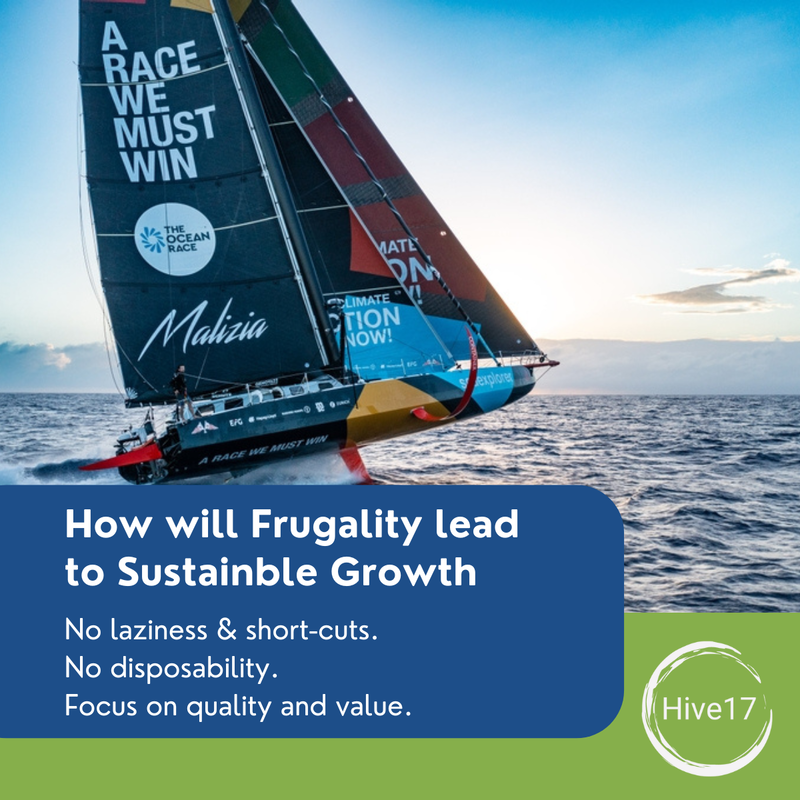
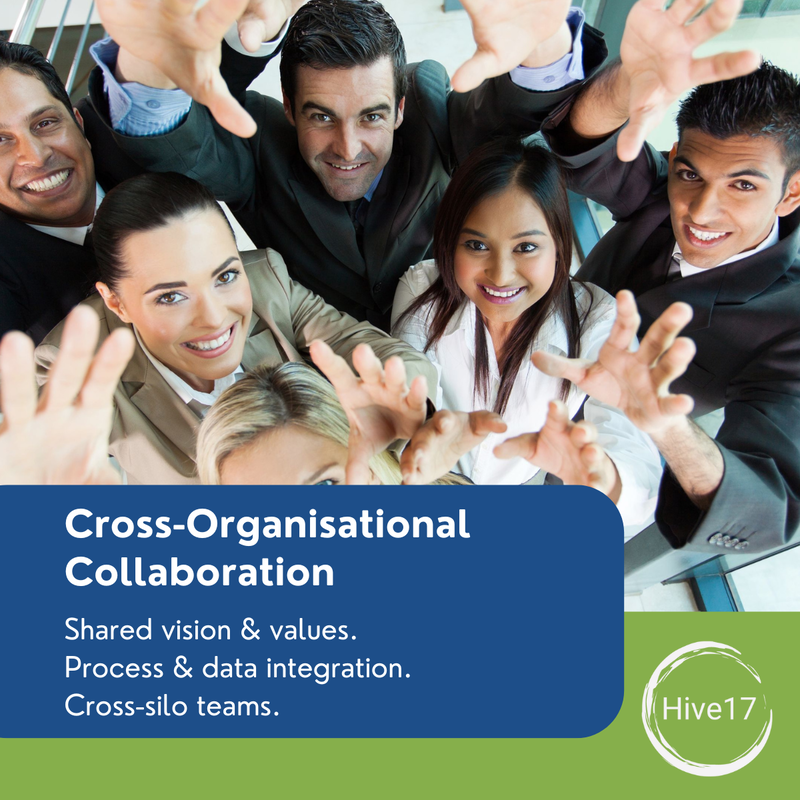
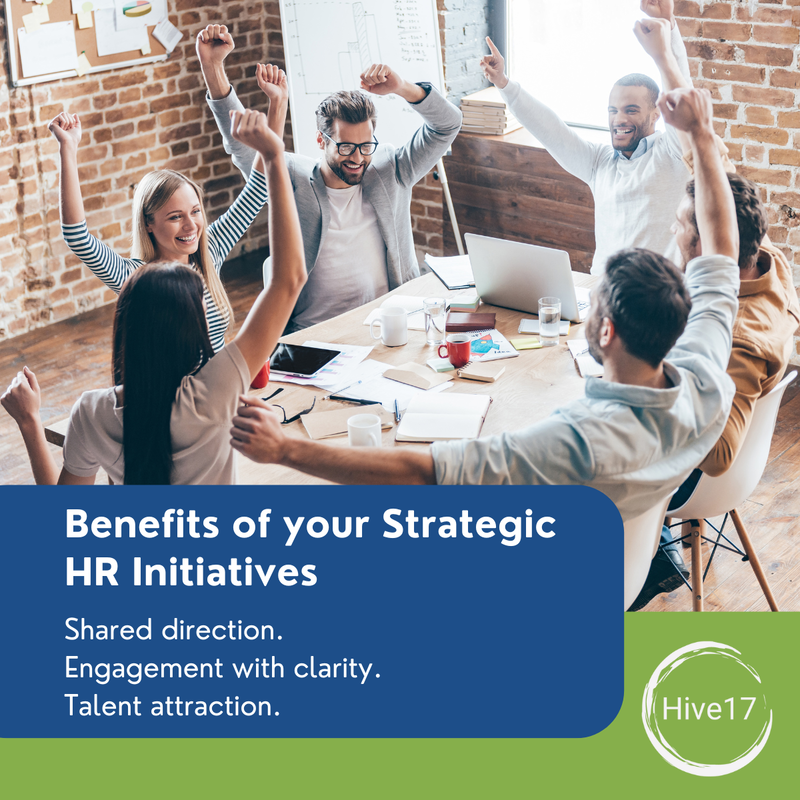
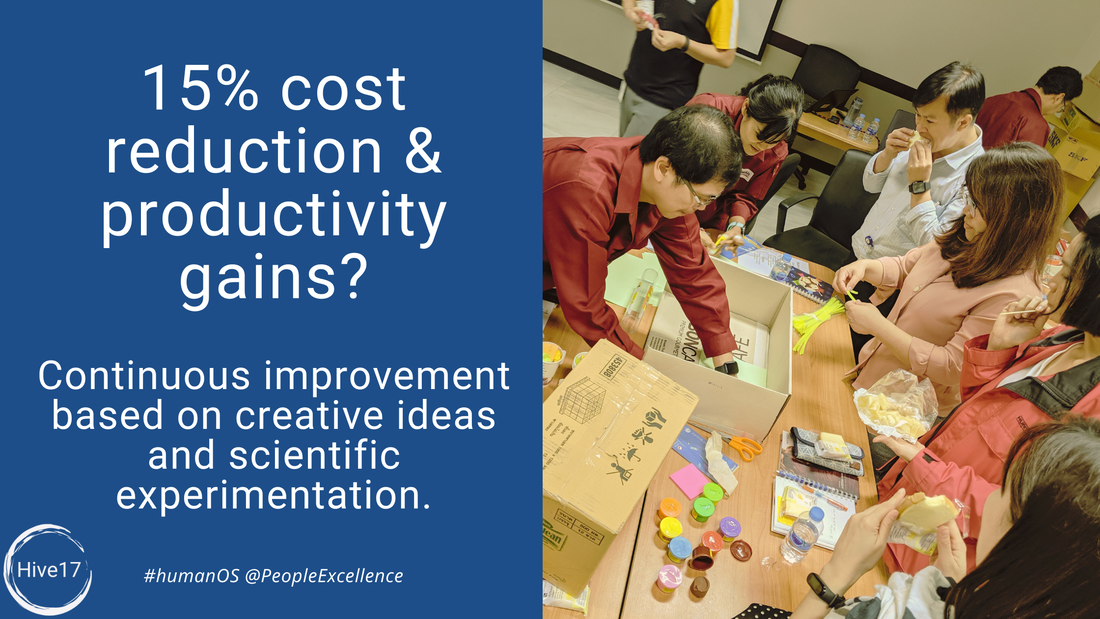
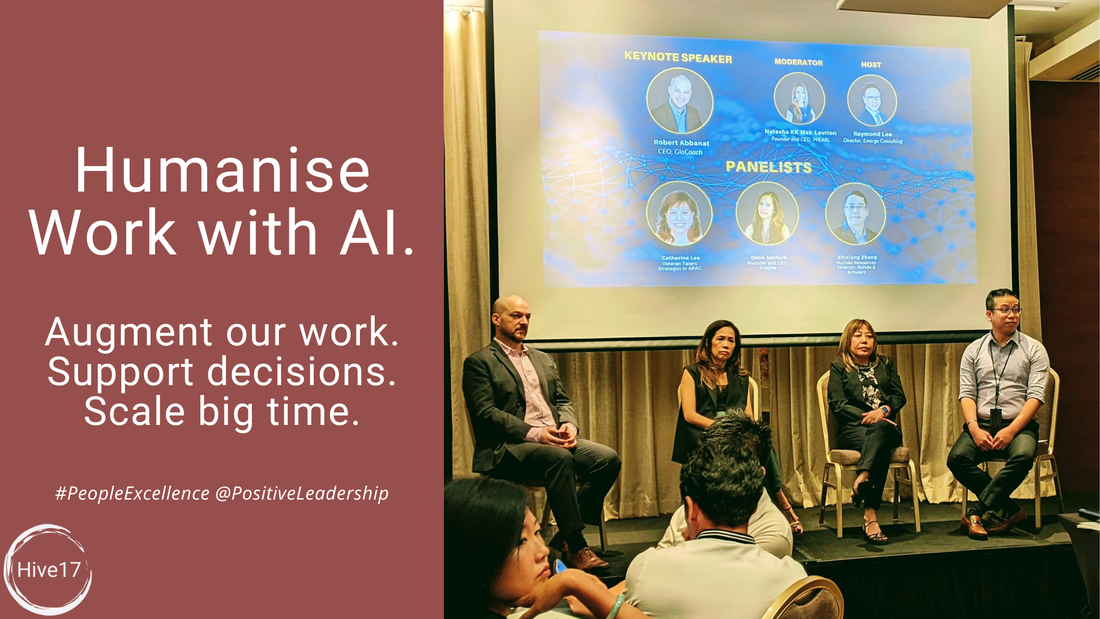
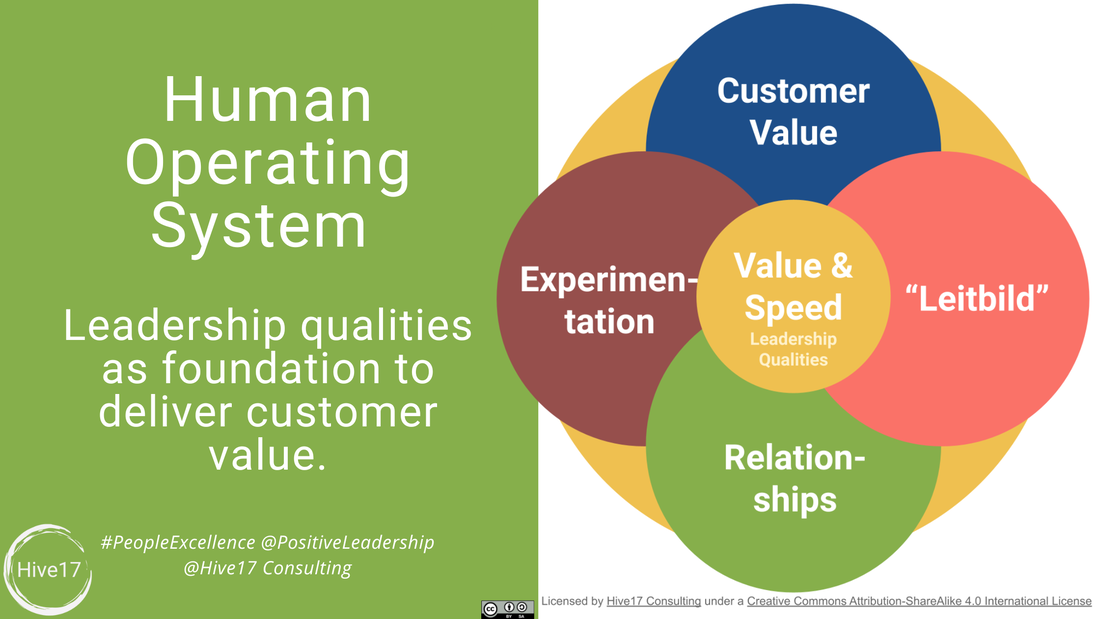

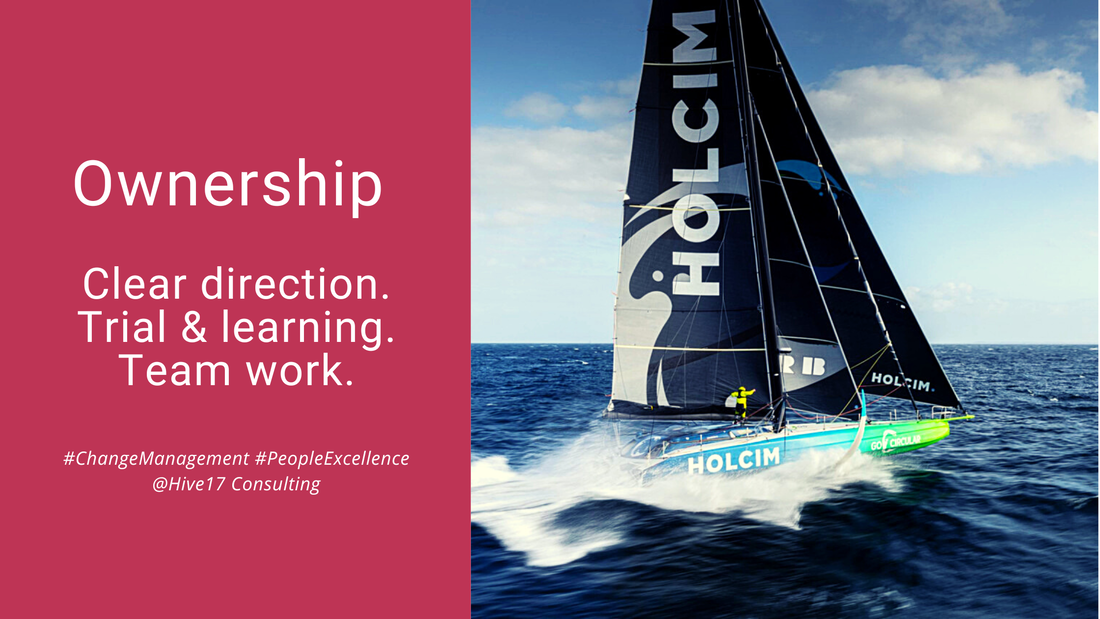
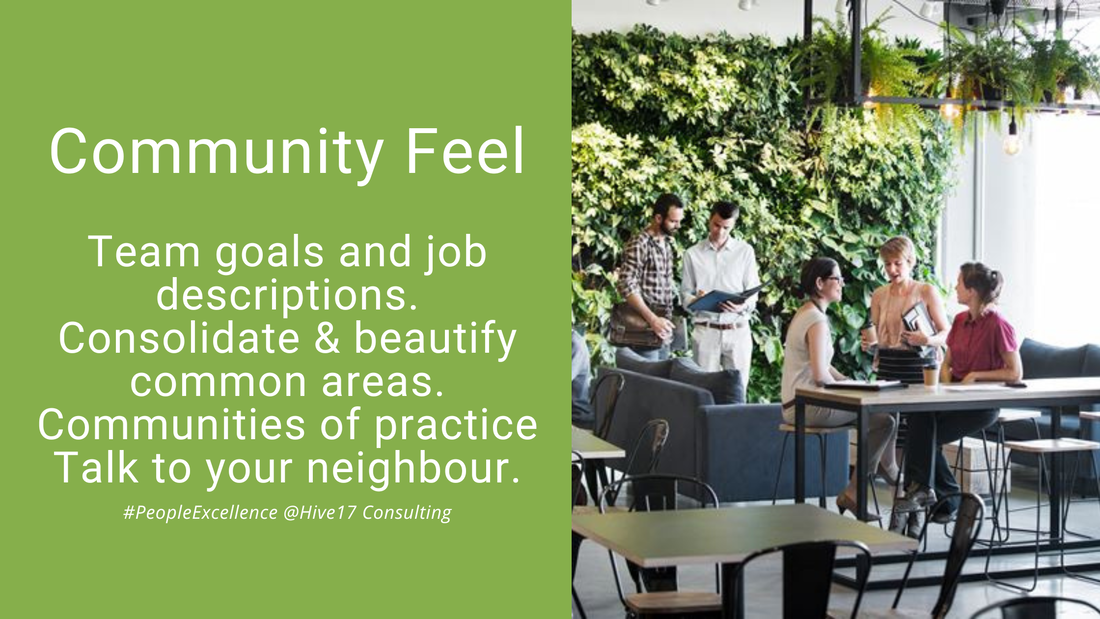
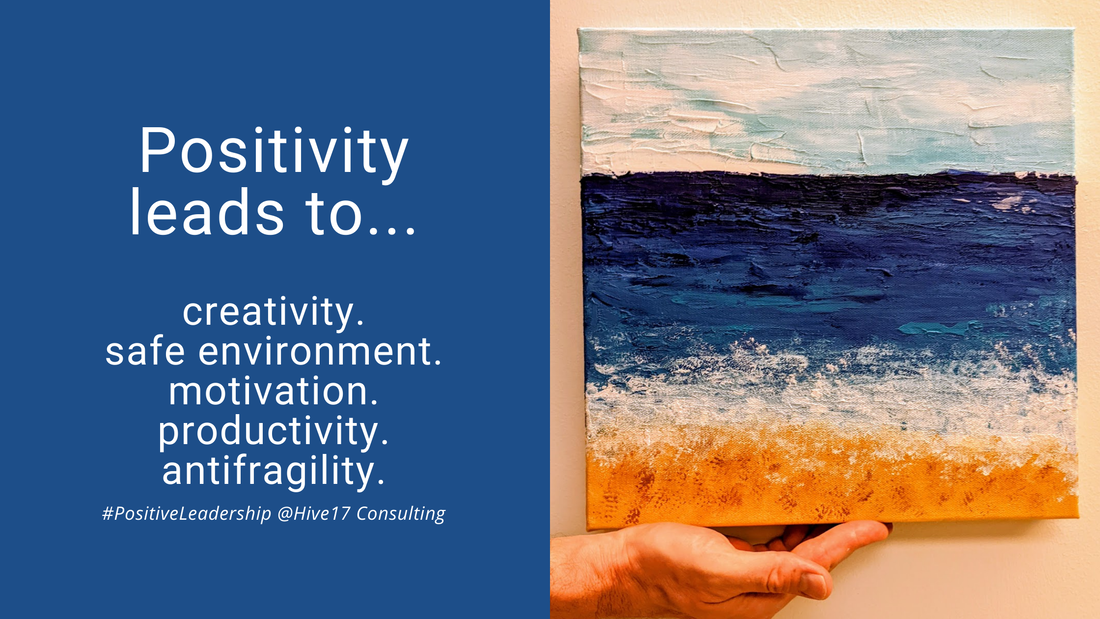
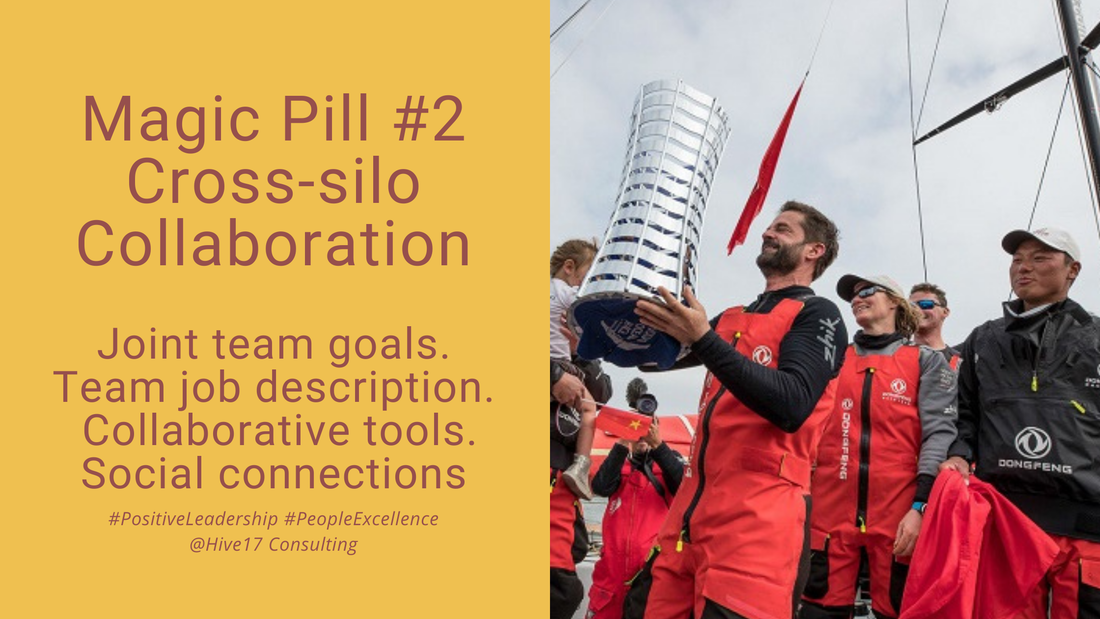
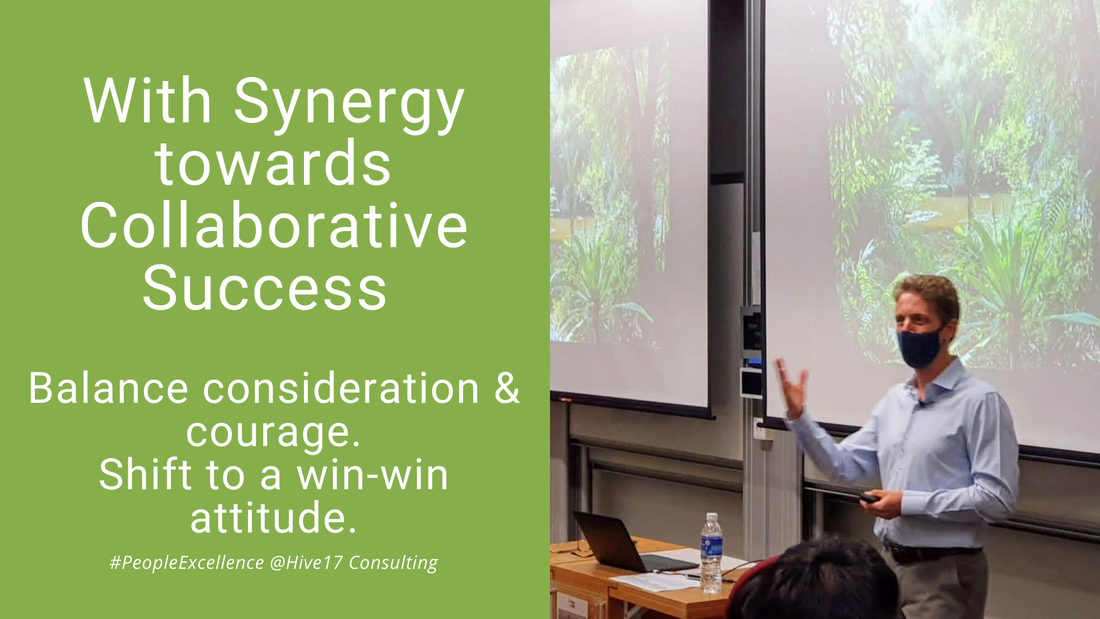
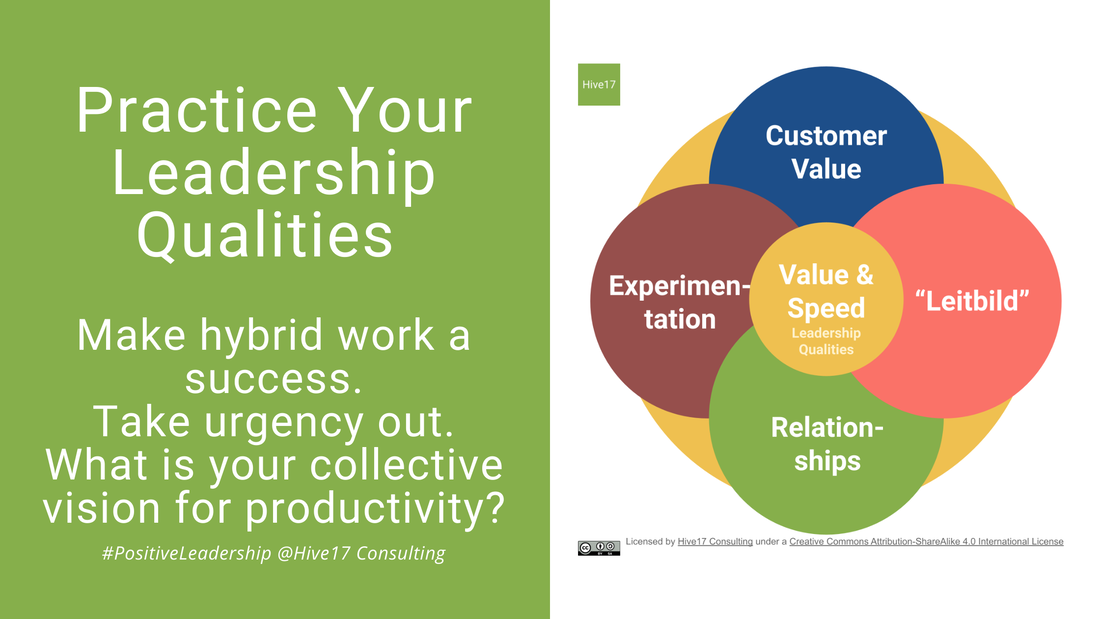
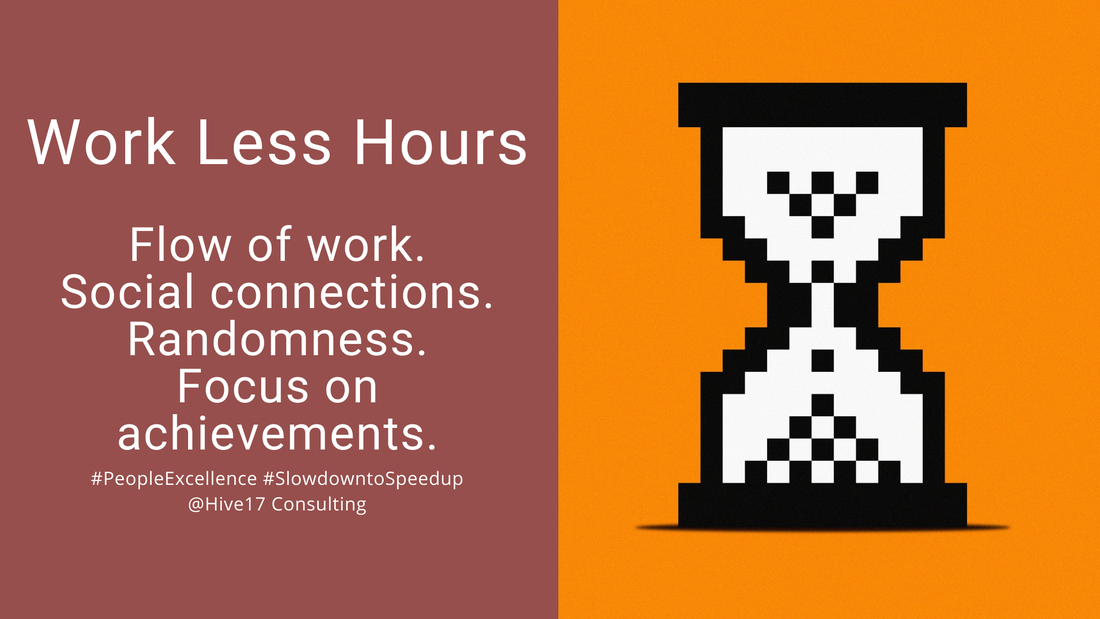
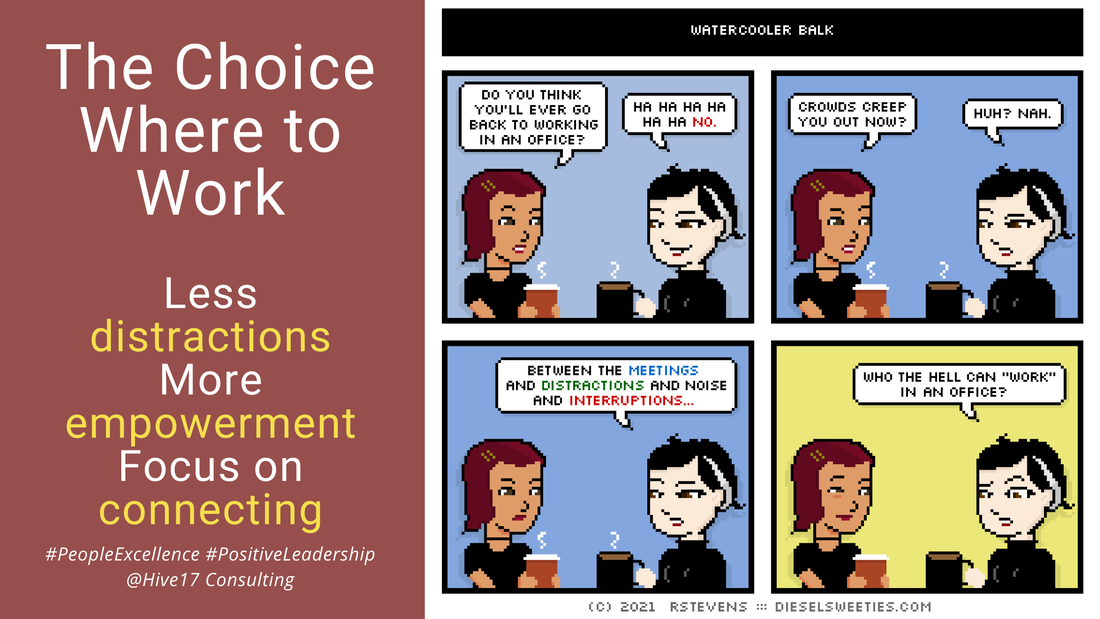
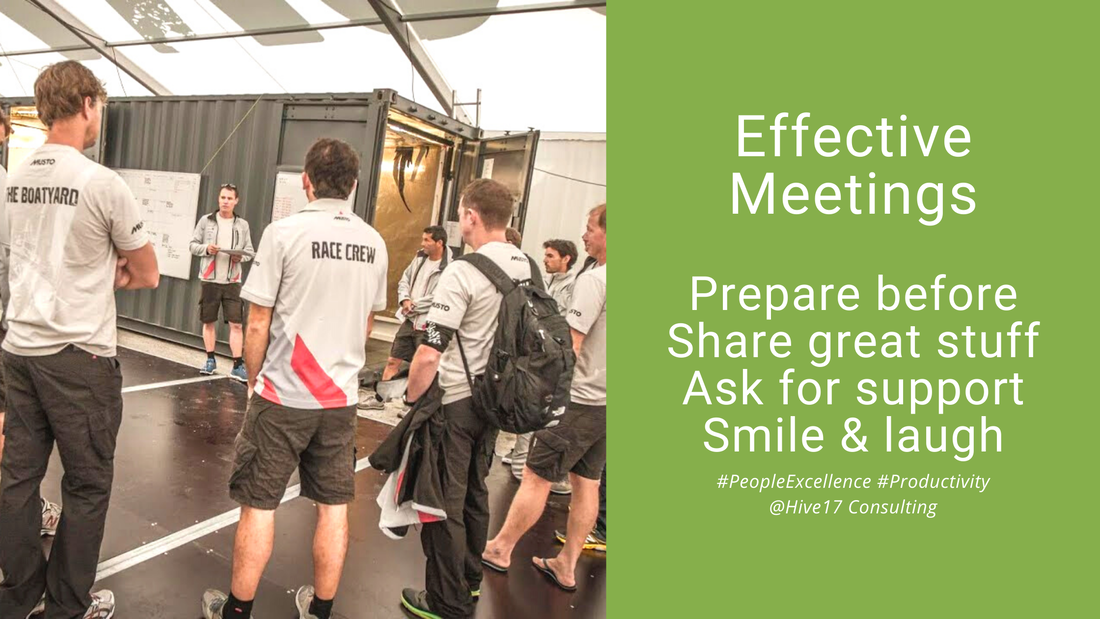



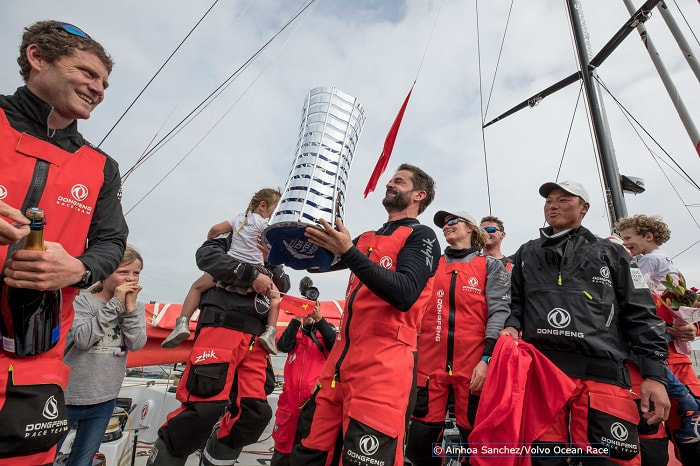
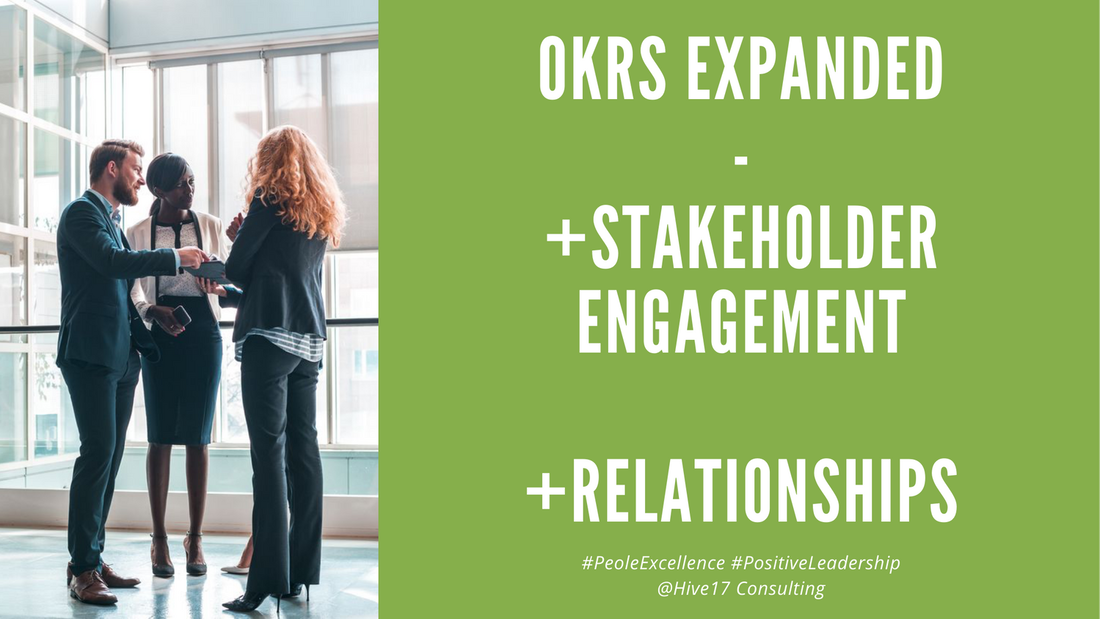
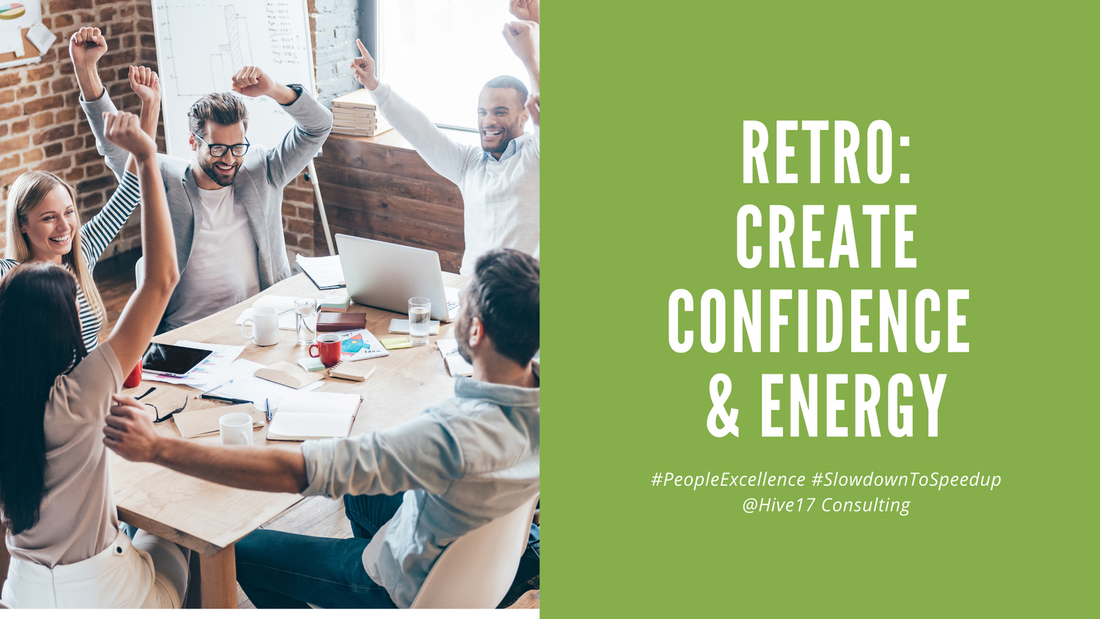

 RSS Feed
RSS Feed